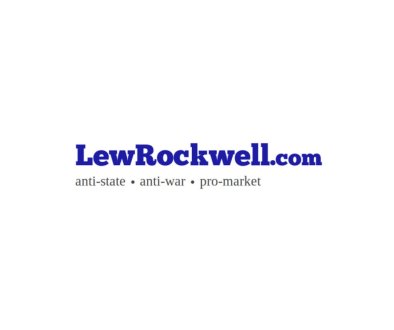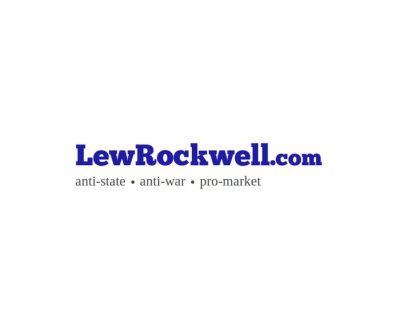DOGE’s Newly Listed ‘Regulatory Savings’ for Businesses Have Nothing to Do With Cutting Federal Spending
This month the Department of Government Efficiency (DOGE) published new estimates of “savings” from various regulatory changes, which it says total $29.4 billion so far. The New York Times suggests several reasons to question these numbers but overlooks the most fundamental problem: Although deregulation accounts for about 17 percent of the $175 billion in total “estimated savings” that DOGE claims, the numbers in this category generally have nothing to do with federal spending, the project’s ostensible target.
One possible exception: DOGE claims changes to the rules governing health insurance subsidies under the Patient Protection and Affordable Care Act will save $10 billion, and at least some of that may represent reduced federal spending. But according to an “unnamed senior administration official” quoted by the Times, DOGE’s estimates of the impact from regulatory changes “represent cost savings for regulated parties.”
DOGE plausibly claims deregulation will reduce costs for businesses, and it may also benefit consumers in various ways. But those benefits have no impact on the annual budget deficit or the accumulating national debt. It is therefore illogical to include such “regulatory savings” in a tally that is supposed to show how far DOGE has gone in tackling those problems.
Even if we ignore this conceptual confusion and accept DOGE’s numbers, its progress represents a drop in the bucket of the federal government’s fiscal incontinence, which is mainly due to spending over which DOGE has no control. DOGE’s avowed accomplishments also fall far short of the ambitious goals set by Elon Musk, the billionaire entrepreneur who unofficially ran the initiative until his recent pivot back to his businesses. Musk, who originally thought DOGE could reduce annual federal spending by “at least” $2 trillion, cut that target in half in February. But as recently as late March, he was still confident that DOGE could achieve $1 trillion in annual savings.
On its face, DOGE’s current estimate falls about 83 percent short of that goal. But because that estimate includes multi-year savings, such as projections of the total that would have been spent under canceled grants and contracts, it does not tell us how much DOGE claims to be saving in any given fiscal year.
In April, Musk projected that the savings in FY 2026, when DOGE is scheduled to sunset, would be about $150 billion. But that estimate, which refers to a specific year, should not be confused with DOGE’s periodically updated “estimated savings,” a number that includes spending reductions that span multiple years.
Keeping that distinction in mind, there are reasons to doubt whether even these modest savings will materialize. News organizations have identified many problems in DOGE’s “Wall of Receipts,” which lists canceled or modified contracts, grants, and leases. The errors include contracts that were not actually canceled, contracts that were terminated during the Biden administration, iffy estimates of savings on contracts that had not been awarded yet, contracts that were counted multiple t
Article from Reason.com

The Reason Magazine website is a go-to destination for libertarians seeking cogent analysis, investigative reporting, and thought-provoking commentary. Championing the principles of individual freedom, limited government, and free markets, the site offers a diverse range of articles, videos, and podcasts that challenge conventional wisdom and advocate for libertarian solutions. Whether you’re interested in politics, culture, or technology, Reason provides a unique lens that prioritizes liberty and rational discourse. It’s an essential resource for those who value critical thinking and nuanced debate in the pursuit of a freer society.



